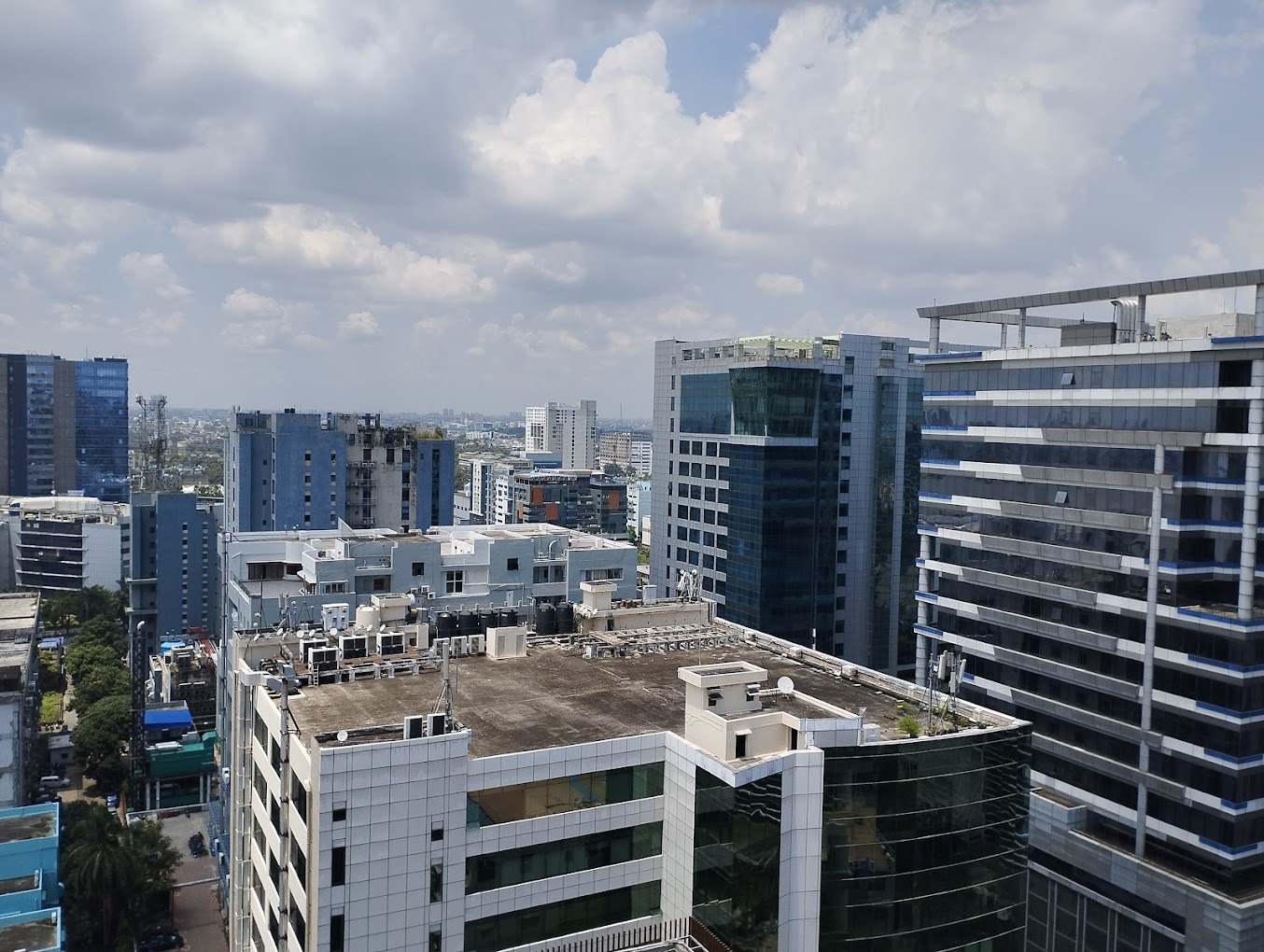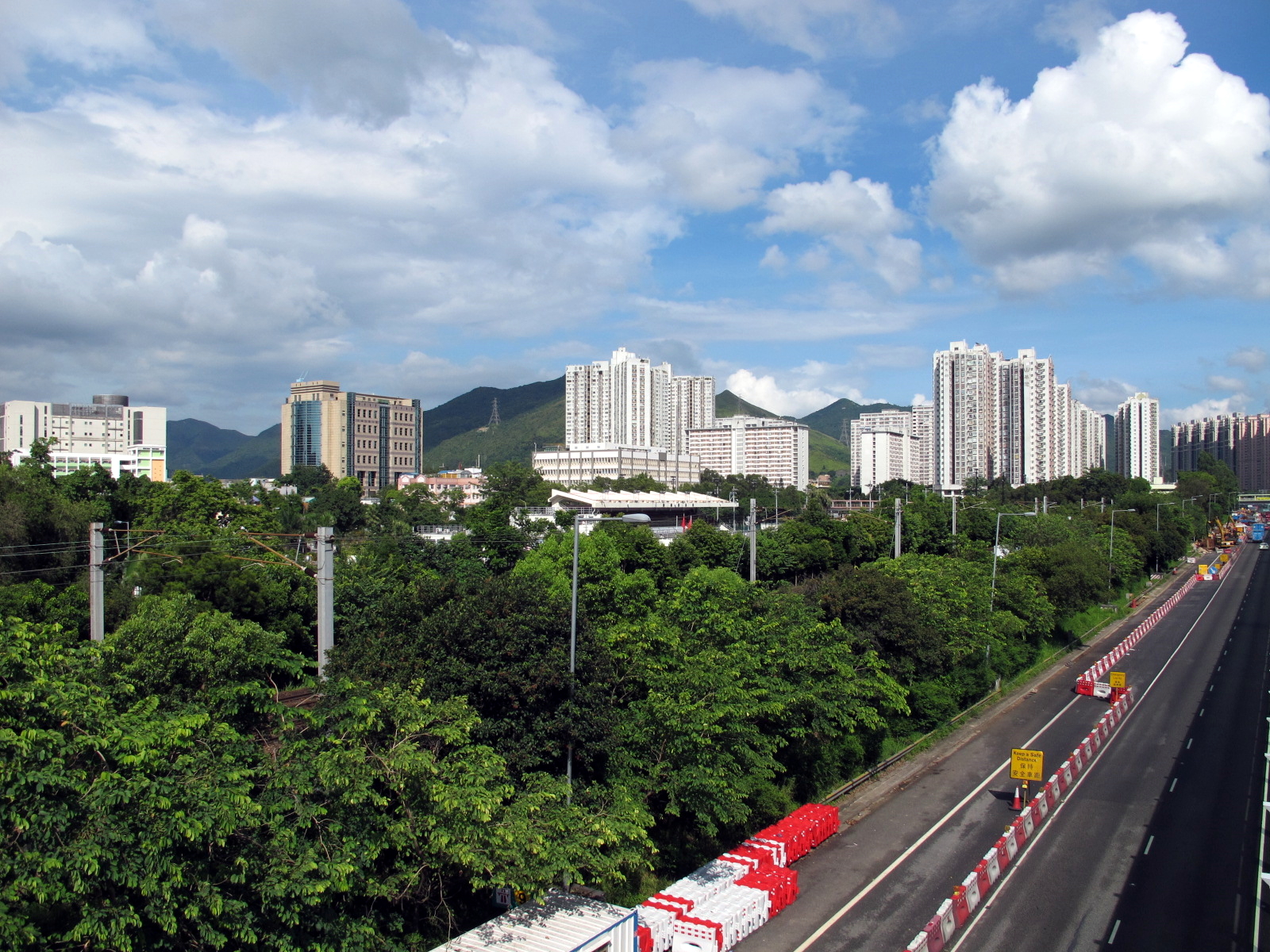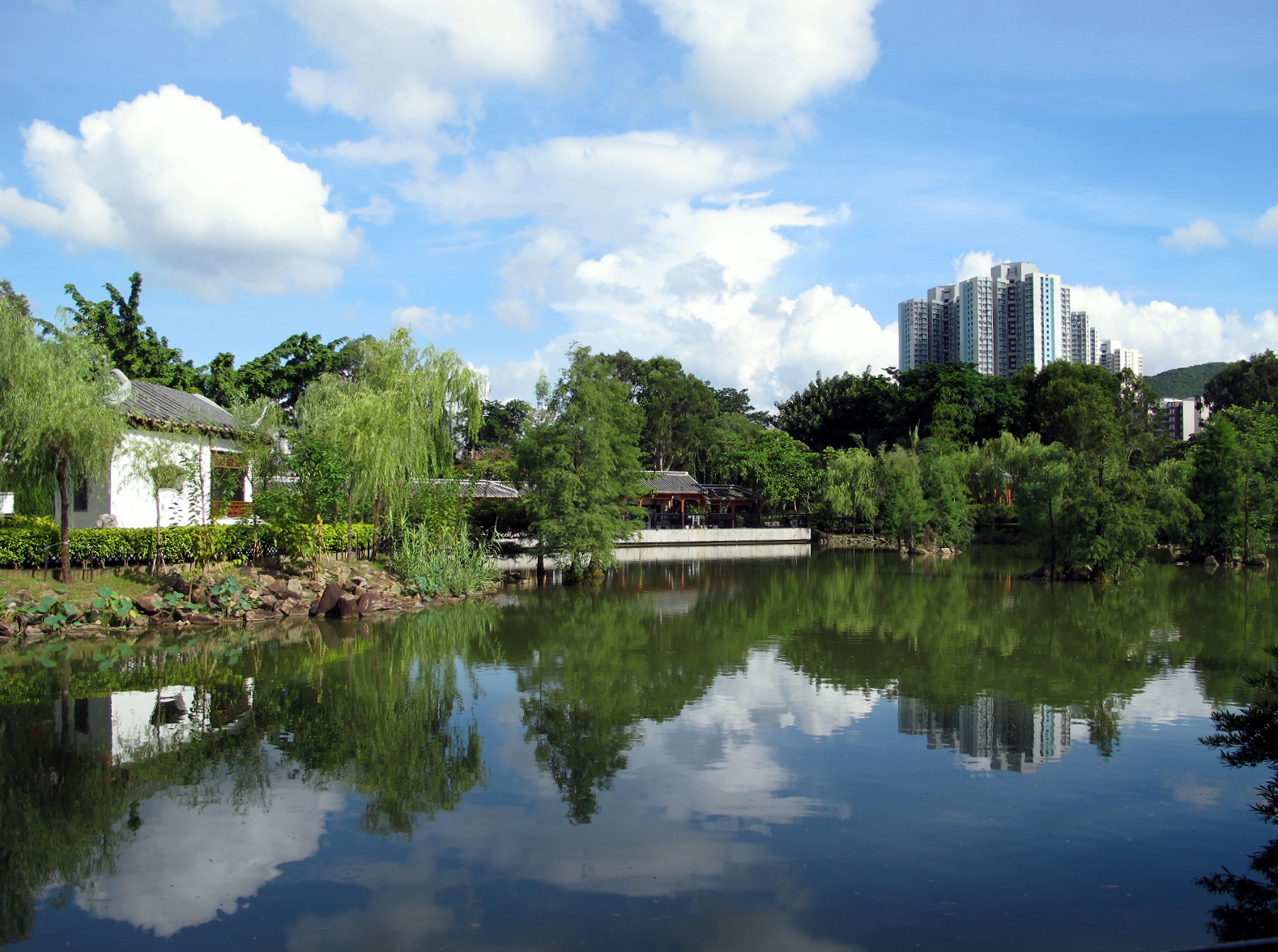|
List Of Cities And Towns In Hong Kong
The following is an incomplete list of urban settlements, towns, new towns (satellite city, satellite towns) in Hong Kong. While the Government of Hong Kong is unitary and Hong Kong law does not define cities and towns as subsidiary administrative units, the geographical limits of ''Victoria, Hong Kong, the City of Victoria'', ''Kowloon'' and ''New Kowloon'' are defined in law. None of these three areas have administrative authorities separate from the Special Administrative Region. Administratively, Hong Kong is divided into districts of Hong Kong, districts, the boundaries of which are drawn according to mountains, coastlines and roads, and do not coincide with the natural extents of any urbanised areas. Major urban settlements New towns Towns Largest urban agglomerations # Kowloon - 2,019,500 # Northern Hong Kong Island - 992,900 # Tsuen Wan New Town - 801,800 # Sha Tin New Town - 630,000 # Tuen Mun New Town - 470,900 # Tseung Kwan O New Town - 344,500 # Aberdeen, Ho ... [...More Info...] [...Related Items...] OR: [Wikipedia] [Google] [Baidu] |
Satellite City
A satellite city or satellite town is a smaller municipality or settlement that is part of (or on the edge of) a larger metropolitan area and serves as a regional population and employment center. It differs from mere suburbs, Subdivision (land), subdivisions and especially bedroom communities in that it has employment bases sufficient to support its residential population, and conceptually, could be a self-sufficient community outside of its larger metropolitan area. However, it functions as part of a metropolis and experiences high levels of cross-commuting (that is, residents commuting out of and employees commuting into the city). Satellite cities versus other types of settlement Satellite cities are different from and are sometimes confused with the following related patterns of development. Suburbs Satellite cities differ from suburbs in that they have distinct employment bases, commuter sheds, and cultural offerings from the central metropolis, as well as an independ ... [...More Info...] [...Related Items...] OR: [Wikipedia] [Google] [Baidu] |
Kwai Chung
Kwai Chung is an urban area within Tsuen Wan New Town in the New Territories of Hong Kong. Together with Tsing Yi Island, it is part of the Kwai Tsing District of Hong Kong. It is also part of Tsuen Wan New Town. In 2000, it had a population of 287,000. Its area is 9.93 km2. Areas within Kwai Chung include: Kwai Fong, Kwai Hing, Lai King, Tai Wo Hau. Kwai Chung is the site of part of the container port of Hong Kong. Origin of the name In earlier times Kwai Chung was called Kwai Chung Tsai (). Kwai Chung was a stream (Chung) that emptied into Gin Drinkers Bay (). The whole bay was reclaimed for land and the stream is no longer visible. Divisions Traditionally, Kwai Chung is divided into Sheung Kwai Chung (), and Ha Kwai Chung (). Administratively, the former is called North Kwai Chung, and the latter South Kwai Chung. Sheung Kwai Chung, Chung Kwai Chung Village () and Ha Kwai Chung Village () are recognized villages under the New Territories Small House ... [...More Info...] [...Related Items...] OR: [Wikipedia] [Google] [Baidu] |
North District, Hong Kong
North District () is the northernmost district of the districts of Hong Kong, 18 districts of Hong Kong. It is located in the northeastern part of the New Territories. The new town of Fanling–Sheung Shui New Town, Fanling–Sheung Shui is within this district. It had a population of 298,657 in 2001. The district has the second lowest population density in Hong Kong. It borders with Shenzhen city with the Sham Chun River. Most major access points to mainland China from Hong Kong lie in this district. The North District is about in area. Demographics According to statistics, 70% of the district population lives in the Public housing, public estates in the Fanling–Sheung Shui New Town. 40,000 villagers living around the two town centres and the main rural towns (Sha Tau Kok and Ta Kwu Ling) account for most residents in the district. Islands of the district * A Chau () * Ap Chau Mei Pak Tun Pai () * Ap Chau Pak Tun Pai () * Ap Chau (, Robinson Island) * Ap Lo Chun () * Ap ... [...More Info...] [...Related Items...] OR: [Wikipedia] [Google] [Baidu] |
Fanling–Sheung Shui New Town
Fanling-Sheung Shui New towns of Hong Kong, New Town was developed from the traditional market towns (Luen Wo Hui and Shek Wu Hui) and villages around Fanling and Sheung Shui, within the present-day North District, Hong Kong, North District in the New Territories of Hong Kong. It was primarily developed in the mid 1980s. Connecting Fanling and Sheung Shui is an U-shaped main road called Ma Sik Road. The new town presently has a population of 247,000, with an ultimate capacity of 264,000 upon full development. The total development area is about which includes residential, commercial, industrial, social, community and recreation facilities. Housing Fanling Town Sheung Shui Town Community *North District Town Hall *North District Park Schools *Fanling Public School *Lee Chi Tat Memorial School Hospitals *North District Hospital *Hong Chi Fanling Integrative Rehabilitation Complex, Hong Chi Fanling Integrative Rehabilitation Complex (C&A Home) (formerly Fa ... [...More Info...] [...Related Items...] OR: [Wikipedia] [Google] [Baidu] |
Yuen Long District
Yuen Long District (Hong Kong Government Cantonese Romanisation, formerly Un Long) is one of the districts of Hong Kong, districts of Hong Kong. Located in the northwest of the New Territories, it had a population of 662,000 in 2021. Geography Yuen Long District contains the largest alluvial plain in Hong Kong, the Yuen Long-Kam Tin plain. With an area of 144 km2 (56 square miles), the district covers many traditional villages including Ping Shan, Ping Shan Heung, Ha Tsuen, Ha Tsuen Heung, Kam Tin, Kam Tin Heung, Fung Kat Heung, Pat Heung, San Tin, San Tin Heung and Shap Pat Heung, as well as Yuen Long Town and Tin Shui Wai. Two new towns of Hong Kong, new towns have been developed within this district. Yuen Long New Town was developed from the traditional market town of Yuen Long Town from the late 1970s. Tin Shui Wai New Town has developed since the early 1990s and is built on Land reclamation in Hong Kong, land reclaimed from former fish ponds once common in the dis ... [...More Info...] [...Related Items...] OR: [Wikipedia] [Google] [Baidu] |
Yuen Long New Town
Yuen Long New Town is a new town in the northwest New Territories, Hong Kong. It was developed from the traditional market town of Yuen Long Town () from the late 1970s onwards. As it is located in the centre of the Yuen Long Plain, the town occupies the best location for surrounding villages to sell their crops and fish. To the west is Ping Shan, south Shap Pat Heung, east Kam Tin, and north Nam Sang Wai. History Yuen Long Town was a traditional market town in the area also known as Yuen Long San Hui today, within the Yuen Long District in the New Territories. The market town and the adjacent Long Ping Estate, Yuen Long Industrial Estate, Tong Tau Industrial Area, Yoho Town, etc. developed into the Yuen Long New Town in the 1970s and early 1980s. The Hong Kong Government first put Yuen Long New Town on the list of new towns in 1972 and planned several large-scale housing estates, the first of which started development in 1974. In 1978, Yuen Long New Town was p ... [...More Info...] [...Related Items...] OR: [Wikipedia] [Google] [Baidu] |
Tai Po District
Tai Po District is one of the 18 districts of Hong Kong. The suburban district covers the areas of Tai Po New Town (including areas such as Tai Po Market, , Tai Po Industrial Estate, Tai Wo Estate), Tai Po Tau, Tai Po Kau, Hong Lok Yuen, Ting Kok, Plover Cove, Lam Tsuen Valley, Tai Mei Tuk and other surrounding areas, and its exclaves Sai Kung North, in the northern part of the Sai Kung Peninsula and including islands such as Grass Island (Tap Mun), and Ping Chau (Tung Ping Chau). Tai Po proper and Sai Kung North are divided by the Tolo Channel and the Tolo Harbour (Tai Po Hoi). The district is located in the Eastern New Territories. The ''de facto'' administrative centre of the district is Tai Po New Town. Like Yuen Long, the area of Tai Po used to be a traditional market town. Tai Po New Town, a satellite town, developed around the area of Tai Po and on reclaimed land on the estuaries of Lam Tsuen and Tai Po rivers. It had a population of 310,879 in 200 ... [...More Info...] [...Related Items...] OR: [Wikipedia] [Google] [Baidu] |
Tai Po New Town
Tai Po New Town, or Tai Po Town (Chinese: 大埔新市鎮), is a new town (satellite town) and non-administrative area in Tai Po District, in the New Territories, Hong Kong. The area is a planned town that surrounding the existing indigenous market towns of Tai Po Hui (literally ''Tai Po Market'', also known as Tai Wo Shi in the 1900s) and Tai Po Kau Hui (''Tai Po Old Market''), as well as east of the existing indigenous villages that located on the Lam Tsuen Valley as well as west of those villages in Ting Kok and Tai Mei Tuk and south of those villages in Nam Hang, Fung Yuen and Sha Lo Tung. Most of the lands of the new town were obtained by land reclamation. In the present day, Tai Po New Town is simply known as Tai Po. The new town is largely covered by the government Tai Po Outline Zoning Plan, which legally regulates the land use of the area, on top of the terms in the land lease contract with the government. Some of the land lease within the area, were known as Tai ... [...More Info...] [...Related Items...] OR: [Wikipedia] [Google] [Baidu] |
Tuen Mun District
The Tuen Mun District () is one of the 18 districts of Hong Kong, administrative districts of Hong Kong. As of 2021, the population was 506,879, of which 64,000 were under the age of 18. Part of the district is the Tuen Mun New Town (or simply Tuen Mun), which contains one of the largest residential areas in the New Territories. History Etymology The name Tuen Mun is rumoured to be short for , literally translating to "door of the garrison." Other interpretations of the name include , which translate to "opening of the water route." The district was named after the area. Before the establishment of the district According to the ''Old History Book of Tang Dynasty'' (), and the ''New History Book of Tang Dynasty'' () Tuen Mun was a major trading port, and there were garrison stationed there as early as the Tang dynasty (A.D. 618–907). The geological features described by historical literature match that of modern day Tuen Mun. However, the interpretation of the location of ... [...More Info...] [...Related Items...] OR: [Wikipedia] [Google] [Baidu] |
Tuen Mun New Town
Tuen Mun New Town (formerly Castle Peak New Town), commonly referred to simply as Tuen Mun, is a satellite town of Hong Kong. It is one of the new towns that were developed by the Hong Kong Government in the New Territories from the 1960s. It was built around the existing rural local centre of Tuen Mun ( Castle Peak), which has since been referred to as the Tuen Mun Kau Hui and the Tuen Mun San Hui. The new town covers most of the urban area of Tuen Mun District. The model of development is quite similar to Sha Tin New Town, with town centre built in the middle. While the southern parts of the town is similar to Tai Po New Town. History The initial plan for Tuen Mun New Town can be traced to a report by consulting firm Scott Wilson Kirkpatrick & Partners in 1959. At that time the project was known as Castle Peak. The history of settlement in Tuen Mun can be traced back 6,000 years. The area was part of a larger region which was leased from the Qing Empire to the Britis ... [...More Info...] [...Related Items...] OR: [Wikipedia] [Google] [Baidu] |
Sha Tin District
Sha Tin District is one of the 18 districts of Hong Kong. As one of the 9 districts located in the New Territories, it covers the areas of Sha Tin, Tai Wai, Ma On Shan, Fo Tan, Siu Lek Yuen, and Ma Liu Shui. The district is the most populous district in Hong Kong, with a population of 659,794 as per 2016 by-census, having a larger population than many states or dependencies including Iceland, Malta, Montenegro and Brunei. The Sha Tin District covers approximately 69.4 km2 (26.8 sq. mi), including Sha Tin New Town and several country parks. Built mostly on reclaimed land in Sha Tin Hoi, the well-developed Sha Tin New Town comprises mainly residential areas along the banks of the Shing Mun River Channel. In the early 1970s it was a rural township of about 30,000 people. After Sha Tin's first public housing estate, Lek Yuen Estate, was completed in 1976, the settlement began to expand. Today, about 65% of the district's population live in public rental housing, ... [...More Info...] [...Related Items...] OR: [Wikipedia] [Google] [Baidu] |
Sha Tin New Town
Sha Tin New Town, also known as Sha Tin-Ma On Shan New Town or Sha Tin Town is one of the satellite towns and new towns of Hong Kong. It is within the Sha Tin District, the New Territories. The New Town covers the neighbourhoods of Sha Tin, Tai Wai, Fo Tan, Tai Shui Hang, and Ma On Shan. The Shing Mun River runs through the middle of the town. Development history Development was started in the 1970s, and currently covers an area of 35.87 square kilometres with a total developed area of about . As of 2004, it has a population of around 640,000 people. The town centre houses a mall, New Town Plaza, the Sha Tin Public Library, Sha Tin Town Hall, and other community facilities. Urban planning Despite Sha Tin New Town including Ma On Shan, and the town itself is sometimes known as Sha Tin-Ma On Shan, Ma On Shan town has its own urban planning plan or Outline Zoning Plan (OZP), the "Ma On Shan Outline Zoning Plan". The plan was amended most recently in 2020. Neighbourhoods s ... [...More Info...] [...Related Items...] OR: [Wikipedia] [Google] [Baidu] |







